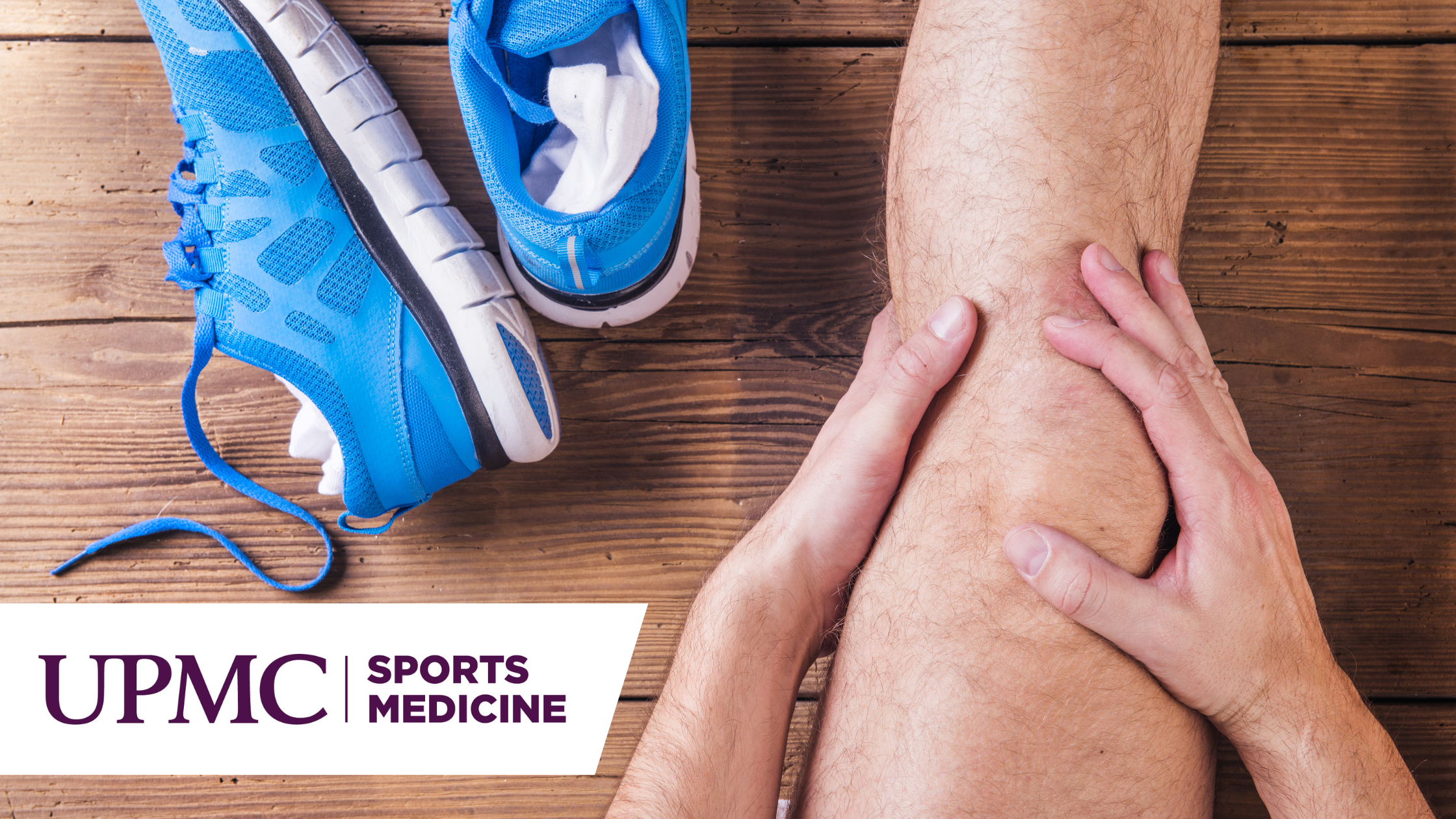Blog
How to Adjust Your Running Technique to Prevent IT Band Injury
You’ve ramped up your mileage, and you’re feeling great. Your breathing is comfortable, your stride is strong, and your legs feel like they can handle anything.
Then you feel a twinge on the outside of your knee. As you head up the hill toward home, the pain gets sharper. By the time you finish your run, the pain is excruciating.
After you stop running, it seems to fade. Until you walk down the steps of your house, and the pain comes screaming back.
You didn’t misstep or twist your knee, and nothing is swollen. You know it’s not runner’s knee, because the front of your kneecap doesn’t hurt. So, what’s going on?
You’ve most likely just joined the IT band club — a group no runner wants to join. Yet IT band syndrome is one of the most common running injuries. According to the National Academy of Sports Medicine (NASM), it’s the leading cause of lateral knee pain in runners.
What Is IT Band Syndrome?
IT band is short for iliotibial band. This thick, elastic piece of tissue runs down the outside of your leg. Your IT band stretches from your pelvic bone to a little below your knee.
When your IT band becomes inflamed, it hurts. This is because the band starts to rub against the bone where it attaches to your knee. It can hurt anywhere along the band or even near the hip.
You often feel the pain most when walking down stairs and running up hills. But as the inflammation gets worse, it can start to hurt with every step. The outside of your kneecap may even become tender to the touch.
What Causes IT Band Syndrome?
Your IT band makes itself known because the tendon has gotten too tight. The tighter it is, the more likely it is to rub against the bone.
Running can cause the band to tighten, making IT band syndrome an overuse injury. It’s most common in runners who have recently increased their mileage.
Other things that may cause it include:
• Doing a lot of downhill running.
• Having weak hip abductors (the muscles that let you externally rotate your hips).
• Increasing your mileage too fast.
• Running on banked or cambered surfaces (meaning the sides of the road tend to slope downward).
• Running high mileage.
• Having bowed legs.
Runners of all ages can get IT band syndrome, but it’s usually more common in women. Experts think this has to do with the anatomy of women’s hips.
How Do You Treat IT Band Syndrome?
The best treatment for IT band syndrome is the one most runners want to do least: rest. Taking a break from running gives the inflammation a chance to calm down a bit. But taking a break can be difficult if you’re in the middle of training for a race.
The good news is that you may not have to stop running with IT band syndrome. But you’ll likely need to cut back your runs, at least by a bit, and work to manage the symptoms.
Taking nonsteroidal anti-inflammatory drugs (NSAIDs) like ibuprofen and naproxen can help. Your doctor may prescribe you a stronger anti-inflammatory.
Depending on the severity of the pain, you may get a pain injection. Injecting cortisone near the pain center can help reduce pain and swelling.
You should also ice your IT band frequently — especially after running. Try using an ice cube to massage along the place where it hurts (or freeze water in small paper cups to use for an ice massage).
Physical therapy is a great treatment when the IT band is inflamed. The physical therapist can go over exercises to strengthen and stretch, as well as discuss ways to modify running to avoid pain.
Surgery can release the IT band, but you should consider that a last resort. Most people don’t need surgery and can resolve IT band issues on their own.
Stretching Your IT Band
Stretching can help you manage IT band symptoms. However, because we’re all built differently, there’s no one perfect stretch for everyone.
Some stretches that often work for people include:
• Standing IT band stretch (cross one leg in front of the other and reach overhead to the opposite side).
• Figure-four stretch (either lying down or standing up).
• Standing quadriceps stretch (bending your knee behind you and grabbing your foot). You can also do a version of this lying on your side.
• Cross-legged forward fold (moving around until you feel it at the precise right point).
• Pigeon pose.
IT Band Syndrome Prevention
Can you prevent IT band syndrome before it starts? Or prevent it from coming back if you’re ramping up your mileage?
There are some strategies you can try.
• Build mileage slowly. If you’re training for a marathon or other race, build mileage incrementally rather than too much or too fast.
• Warm up before you run. Walk briskly before you run or do other warm-up exercises like jumping jacks.
• Stretch regularly. Stretch your IT band multiple times a day. You can do the stretches above or find ones that work for you.
• Foam roll. Though some experts believe that foam rolling your IT band is beneficial, others doubt its effectiveness. (If your IT band’s inflammation is intense, this will likely cause too much pain.)
• Strengthen muscles around your knee. You generally want to avoid exercises like squats and lunges when your IT band hurts, but they’re good preventive exercises. Leg presses and leg raises with resistance bands can help strengthen your stabilizer muscles, too.
• Strengthen glute and hip muscles. Exercises like clamshells, side planks, side-lying leg raises, and hip bridges can help strengthen your gluteal muscles.
• Wear the right shoes. Try not to run in shoes that you’ve worn out too much. Consider going to a specialty running store where they do gait analysis and can help you choose the best shoe for you. (UPMC also offers running assessments.)
• Work with a physical therapist. Consider seeing a PT to help you create a preventive program with exercises and stretches tailored to you.
IT band pain may temporarily sideline you. But with some focused attention, you can overcome it and get back to doing what you love.
Contact UPMC Sports Medicine at 1-855-93-SPORT (77678) to learn more or schedule an appointment.

